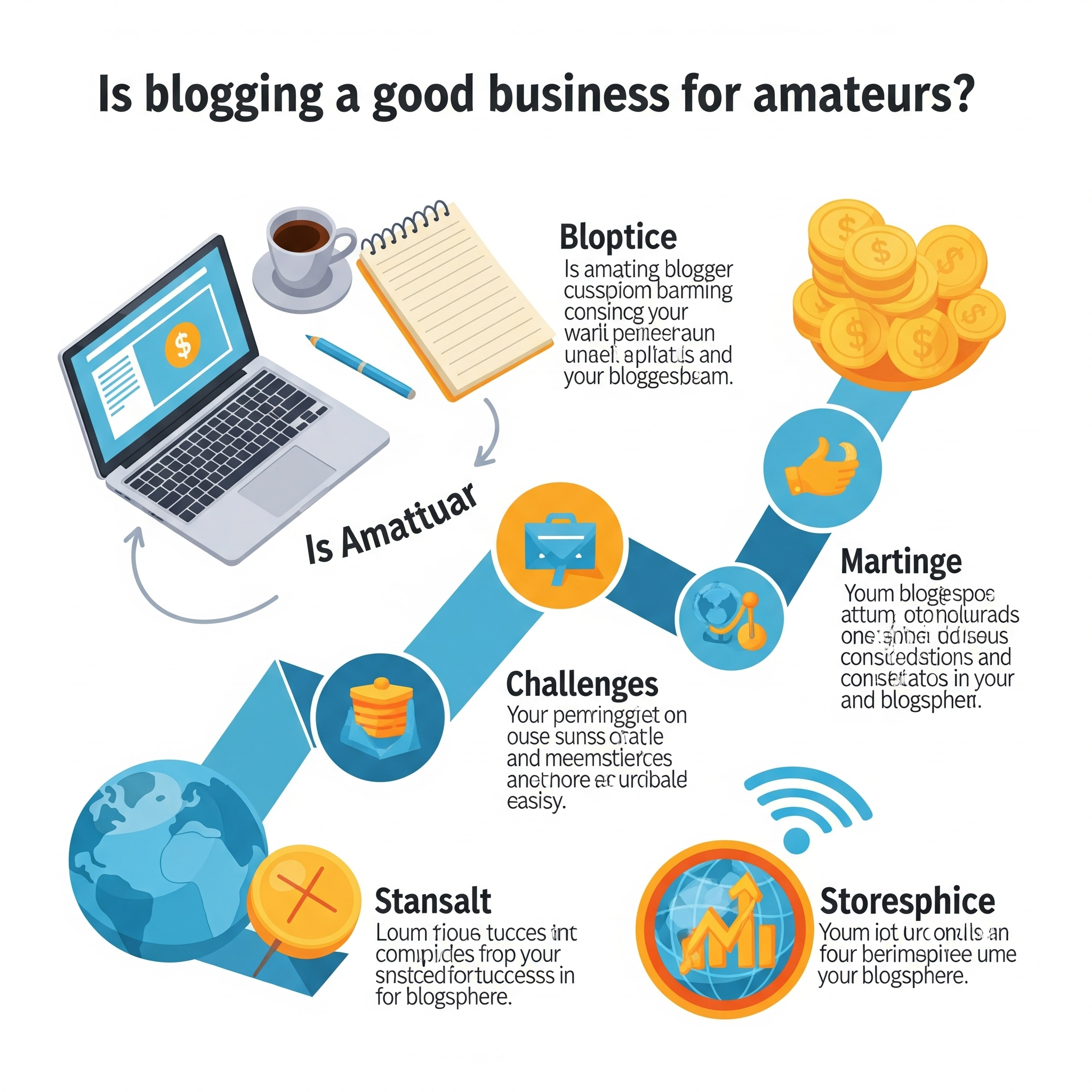
Most creative individuals would agree that there's nothing better than being able to call the shots and do what you love all day. Even at a supposed dream job like Disney, I felt that something was missing due to office politics and the corporate nature of the job. Unfortunately, many people, especially young individuals, are often told that it's impossible to have that kind of freedom. They are advised to "suck it up," grow up and get a corporate job at the very least. These are the types of comments I often receive, particularly because many people think I am much younger than I am. However, I believe it is entirely possible to have the freedom to call the shots and pursue your passion all day through passive income. In this article, I want to share some passive income ideas that I have personally implemented in my life, specifically tailored to help artists and creatives get started on earning passive income. This way, you can have the freedom to live life exactly the way you want.
Sell Digital Products
One of the passive income ideas I have for you is to sell digital products. Digital products can range from brush pads or sketchbook PDFs for digital artists to Lightroom pre-sets or lookup tables (LUTs) for photographers. The key to creating a successful digital product is to think about the problem you're solving for your customers. For instance, if you want to sell a sketchbook PDF, you need to identify the problem it solves rather than just selling your art. keep in mind that digital products like sketchbooks have a limited audience and shelf life, especially if your target audience primarily consists of other artists. That's why many artists sell products like brush packs or tutorial packs because they solve a problem that other artists face. Unlike sketchbook PDFs, these products have a longer shelf life and broader appeal.
Print On Demand
print on demand (POD) is a business model and printing technology that allows for the production and fulfilment of custom products, such as books, apparel, home decor, and other items, in response to specific customer orders. It eliminates the need for large-scale upfront inventory and enables the creation of personalized or niche products without the risk of overstocking or waste.
The POD process typically involves the following steps:
- Product Design: The seller creates or designs the product, whether it's a book cover, artwork, or graphic for apparel.
- Digital File Preparation: The design is converted into a digital file that meets the specifications of the printing equipment.
- Online Store Setup: The seller establishes an online store or partners with a POD platform that provides the infrastructure to sell and fulfil orders.
- Order Placement: Customers browse the online store and place orders for the desired products, including size, colour, and any customizations.
- Printing and Production: When an order is received, the POD service or platform prints and manufactures the product on demand using digital printing or other suitable production methods.
- Packaging and Shipping: Once the product is printed and produced, it is packaged and shipped directly to the customer's address, often handled by the POD service or a fulfilment partner.
The benefits of the POD model are:
- Reduced Risk and Overhead: POD eliminates the need for large upfront investments in inventory, as products are produced only when there is a confirmed order. This lowers the risk of excess stock and minimizes storage costs.
- Customization and Personalization: POD allows for customization, as each product can be tailored to individual customer preferences, such as personalized text, images, or designs.
- Niche Market Opportunities: The flexibility of POD enables sellers to cater to niche markets and target specific customer segments that may have unique preferences or interests.
- Global Reach: With online sales and international shipping, POD businesses can reach customers worldwide without the limitations of geographic boundaries.
- Scalability: As demand grows, POD businesses can easily scale their operations by leveraging the production capabilities of the POD service or platform.
It's important to note that while POD offers convenience and flexibility, it also requires effective marketing, quality control, and customer service to succeed. Choosing a reliable and reputable POD provider or platform is crucial for ensuring the quality of the products and timely fulfilment of orders.
Another passive income idea I've implemented is print-on-demand. Initially, I was hesitant to pursue this avenue because, as an artist, I take pride in creating and selling high-quality, handmade products. However, I soon realized that I needed to prioritize my role as a creator and focus on generating content rather than spending excessive time on packaging and shipping. By outsourcing production and logistics to print-on-demand companies, I saved both time and money. I no longer had to manufacture physical products or purchase shipping supplies in bulk, which significantly reduced costs. This change allowed me to allocate my resources to more important aspects of my business, and other endeavors.
Affiliate Income
Affiliate income refers to the commission or revenue earned by individuals or businesses through affiliate marketing. affiliate marketing is a performance-based marketing strategy in which affiliates (promoters) earn a commission for driving traffic or generating sales for a product or service.
Here's how affiliate income typically works:
- Affiliate Partnership: An individual or business (the affiliate) establishes a partnership with a company (the merchant) that offers an affiliate program. This can be done directly with the merchant or through an affiliate network.
- Affiliate Promotion: The affiliate promotes the merchant's products or services through various marketing channels such as websites, blogs, social media, email marketing, or other online platforms. The affiliate typically includes unique tracking links or codes in their promotional content.
- Referral Traffic or Sales: When a potential customer clicks on the affiliate's unique tracking link and makes a purchase or performs a desired action (such as signing up for a service or filling out a form), the affiliate's referral is tracked by the merchant.
- Commission Payout: The merchant calculates and pays the affiliate a commission or a predetermined percentage of the referred sale or action. The commission structure may vary depending on the affiliate program and the specific terms agreed upon between the affiliate and the merchant.
Key Points about Affiliate Income:
- Performance-Based: Affiliate income is performance-based, meaning affiliates earn commissions based on their ability to drive desired actions or sales.
- Passive Income Potential: Once an affiliate has created and promoted their affiliate links, they can continue to earn income even when they're not actively promoting. This makes affiliate income a form of passive income, although it still requires ongoing promotion and management.
- Diverse Affiliate Programs: Affiliate income can be earned from a wide range of industries and niches, as many companies offer affiliate programs to expand their marketing reach.
- Affiliate Networks: Affiliate networks act as intermediaries between affiliates and merchants, providing a platform to connect and manage affiliate partnerships. They offer a convenient way for affiliates to access multiple affiliate programs and track their earnings in one place.
- Disclosure and Compliance: Affiliates need to disclose their relationship with the merchant when promoting affiliate products or services, as required by regulations and ethical standards. Transparency is crucial for building trust with the audience.
Affiliate income can be a lucrative opportunity for individuals or businesses with a strong online presence and the ability to effectively promote products or services to their audience. However, success in affiliate marketing requires strategic planning, targeted promotion, and a deep understanding of the target market and affiliate program terms.
Royalties
Royalties income refers to the revenue earned by individuals or entities from the use or exploitation of their intellectual property or creative works. It is a form of compensation paid to the rights holder for the authorized use of their copyrighted material, inventions, trademarks, or other intellectual property assets.
Royalties are a form of passive income that can be earned when you have created a product and someone else distributes it on your behalf. Musicians, for example, receive royalties whenever their music is played on platforms like Spotify.
here are some key points about royalties income:
- Intellectual Property: Royalties are typically associated with the use of intellectual property, which includes various forms such as music, literature, films, patents, trademarks, software, and more.
- Rights Holder: The rights holder is the person or entity that owns the intellectual property rights. They may be the creator, author, inventor, artist, or the party that has obtained the rights through a contractual agreement.
- Licensing or Agreement: The rights holder grants permission to others to use their intellectual property in exchange for payment, usually through a licensing or contractual agreement. The terms of the agreement, including the scope of use, duration, and payment structure, are specified in the contract.
- Types of Royalties: Royalties can be structured in different ways, depending on the nature of the intellectual property and the agreement. Common types of royalties include:
- Music Royalties: Earned by songwriters, composers, and musicians when their music is performed, recorded, streamed, or sold.
- Book Royalties: Earned by authors when their books are published, sold, or distributed.
- Patent Royalties: Paid to inventors or companies for the use or commercialization of their patented inventions or technologies.
- Trademark Royalties: Paid for the use of a trademarked brand name, logo, or symbol.
- Software Royalties: Paid to software developers or publishers for the use or distribution of their software applications.
- Film and TV Royalties: Earned by filmmakers, producers, actors, and other creative contributors when their films or TV shows are broadcast, streamed, or distributed.
- Collection and Administration: Royalties are often collected and administered by specialized organizations, such as collecting societies, performance rights organizations, or publishing companies. These entities ensure proper tracking, collection, and distribution of royalty payments to the rights holders.
- Passive Income: Royalties can provide a form of passive income, as the rights holder continues to receive payments for the authorized use of their intellectual property even without direct involvement.
- International Considerations: Royalties can have international implications, as intellectual property rights and agreements may vary across different jurisdictions. International treaties and agreements, such as copyright conventions, provide frameworks for the protection and management of intellectual property rights globally.
Royalties income can be an important revenue stream for creators, inventors, and rights holders, allowing them to monetize their intellectual property and receive compensation for its authorized use. It incentivizes innovation, creativity, and the development of new intellectual assets while enabling others to benefit from their use through authorized licensing agreements.
About The Author
Hello, I'm Patrick Wilson — an entrepreneur, artist, and storyteller driven by curiosity and passion. Through this
blog, I explore and share meaningful content around a wide spectrum of lifestyle and success topics that matter to
everyday people looking to live better, earn more, and grow intentionally.
From building a personal brand and making money online through proven
digital strategies, to navigating the journey of personal finance and wealth-building — I bring
real-world insights and tools to help you take control of your financial future.
I also document my pursuit of a healthy, balanced life — sharing inspiration around
achieving fitness goals and living with purpose. As someone who appreciates both the aesthetic and
the soulful, I dive deep into fine art, cultural history, and the enriching
nuances of everyday lifestyle.
Whether I'm exploring breathtaking travel destinations across the globe or tending to the joys of
home and garden, I aim to bring beauty, clarity, and useful ideas to every post.
If you're passionate about growth — financially, creatively, or personally — this blog
is designed to inspire and support your journey.
Thanks for being here — let's grow together.

Monetize Your Blog Effortlessly with Magenet
Magenet empowers bloggers and site owners to earn passive income by seamlessly integrating contextual ads.
Whether you run a niche blog or a high-traffic site, Magenet provides a reliable way to turn your site into a
powerful income engine.
Start Earning with Magenet →

Trade Smarter with Olymp Trade – 10 Years of Innovation
Olymp Trade has spent over a decade building a powerful platform for modern traders. Whether you're just
starting or already experienced, you’ll find intuitive tools, educational resources, and a user-first design.
With a reputation for reliability, global reach, and a seamless mobile experience, Olymp Trade helps you
navigate the markets with clarity and confidence. Join millions who are making informed trades today.
Start Trading Now →


Comments